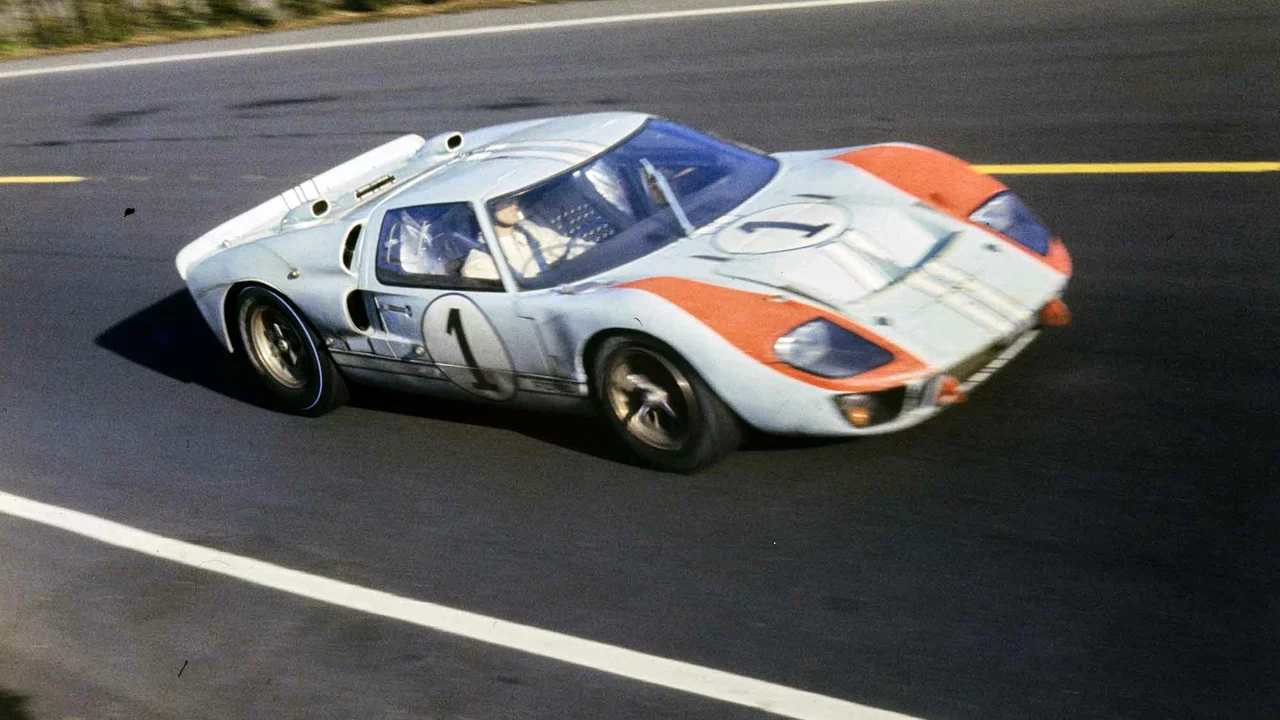Motorsport History: The Moments That Shaped Racing
If you love speed, you’ve probably heard the name "Motorsport History" tossed around. It’s more than a list of dates; it’s a collection of stories that still get fans talking. From daring drivers to groundbreaking cars, each chapter teaches us why racing still feels fresh today.
First, think about why we keep looking back. History shows which ideas work on the track and which ones flop. When engineers study a 1960s chassis, they pick up tricks that still improve modern aerodynamics. When fans read about a daring overtake, they get a rush that fuels their own track dreams. In short, the past powers the present.
Why motorsport history matters
Every major series—Formula 1, IndyCar, World Rally—has roots in early events. Those early races tested new engine designs, tire compounds, and safety gear. When a driver survived a crash in the 1950s, the lessons led to stronger roll cages and fire‑resistant suits. Without that trial‑and‑error, today’s safety standards would look very different.
History also builds community. Fans bond over shared memories, whether it’s a legendary finish at Monaco or a crowd‑pleasing duel at Bathurst. Those moments create inside jokes, fan chants, and even merchandise. When you wear a retro‑style jacket, you’re signaling that you belong to a tribe that respects the sport’s legacy.
Ken Miles and the 1966 Le Mans controversy
One of the most talked‑about stories in motorsport history is the 1966 Le Mans showdown. Ken Miles, a brilliant British driver, took the lead in a Ford GT40 and crossed the finish line first. Yet the officials declared a different winner because of a technical rule about total distance covered.
Why did that rule matter? The race required the winning car to have completed the greatest distance over the 24‑hour period. Because the Ford team staged a photo finish, Miles’ car made one extra lap after the signal to stop, but the rule counted the distance before the stop. That tiny detail turned a victory into a loss.
The controversy still sparks debate. Some fans view Miles as the unfairly robbed champion; others think the rule was clear and applied correctly. Whatever side you pick, the story highlights how a single regulation can change racing history.
Reading about Ken Miles also shows how personal grit shapes the sport. He was known for pushing cars right to the edge, often saying “If it’s not breaking, you’re not trying hard enough.” That attitude inspired future engineers to design tougher machines and encouraged drivers to trust their instincts.
So, what can you take from this slice of motorsport history? First, always check the fine print before you celebrate a win. Second, never underestimate the power of a bold driver to redefine what a car can do. And third, remember that every race adds another layer to the rich tapestry of motorsport.
Ready to explore more? Dive into our archive of classic races, read about other legends, and see how each story still influences today’s tracks. The past is waiting, and it’s full of fast cars, brave drivers, and lessons you can use right now.



